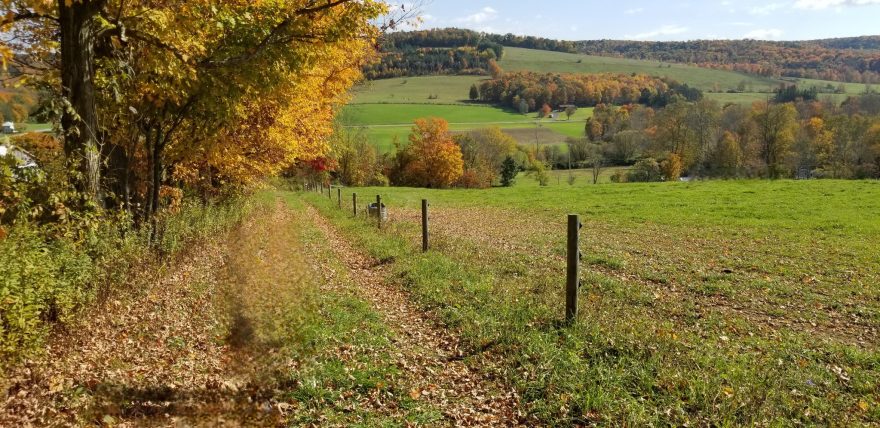Need more on Fall Gardening ? Check out this week’s episode all about seed saving HERE
We have talked a little in the past about some things you can do with your garden over the winter. Today I would like to share a step by step guide of what you can do to get your garden ready for spring. I personally feel a little down in the fall as summer passes away into winter, it’s colder and I don’t feel like acknowledging it by being outside. Having a fall gardening check list really helps.
Step 1:
Clear away any old plant debris that came from your dead veggie plants. This debris can frequently contain disease or bugs that you don’t want to have in your garden come spring. We move ours into refuse bags and off of our property. It is really important to move it far from your garden. This ensures a healthier garden next year.
Step 2:
Now is the time for manure that is hot. Remember manure comes in two varieties, the hot manure needs time with the soil in your garden to ferment enough to be of use. If you use hot manure and plant too soon it will burn your plants. So fall is the ideal time to add manure to your garden ensuring it has the 6 months of down time for the manure to break down.
The other option in manure is cold manure. This type can be put on the garden anytime in the growing season without worrying about burning your tender plants.
At this time, you can also do some testing on your soil to see if it needs other amendments. You can use a ph kit and follow the instructions for what you may need to add.
Step 3:
Add any broken down compost you want to add. It is the perfect time to prepare for your spring garden. Now would also be the time to dig your trenches for trench composting. That is when you make a deep row in your soil and put in whatever compost you have all winter. It breaks down in the garden and feeds the soil in the spring. Read an article on trench composting HERE
Step 4:
Now is also the time to plant anything that needs the winter to grow, like garlic or even carrots. Garlic does its magic best throughout the winter and is ready to harvest in early June in many places. The late fall is when you want to plant it. Check your zone to find the best planting times. These crops need to be planted somewhere you will not be trench composting and where you have not added hot manure.
Step 5:
Finally I like to cover the whole thing with a nice thick layer of leaves. We have some trees in the yard that meet most of our needs, but it isn’t hard to find leaves in the fall. Anyone with trees in their yard is going to be moving bags of leaves out to the curb every year. Quite conveniently packaged for you to do a drive by leaf grab. Just make sure it isn’t people’s trash.
Bonus idea!
Pay a little love to your perennials this time of year too! Cut them back before the first frost, it helps them thrive come spring. Cover any newer perennials with a thick coat of leaves or some burlap to keep them protected through the cold months.
This is also the time to plant many of your spring bulbs. When you purchase any bulbs you want to plant, follow the package instructions. Many bulbs need to be planted right now in order to be healthy in spring.
When you have finished your fall gardening checklist, kick back with your feet up next to the fire and plan for next year! I like to make an outline of where I’m going to plant everything, and look through seed catalogs until I figure out if I need to grow anything new. It is a great time of year to learn about any new plants you want to grow as well. I hope this list has been helpful! There isn’t as much to do in the garden this time of year, but that is OK. If we were really busy all year, it would be hard to keep going! Enjoy the winter rest you need after your big garden production of the summer.

